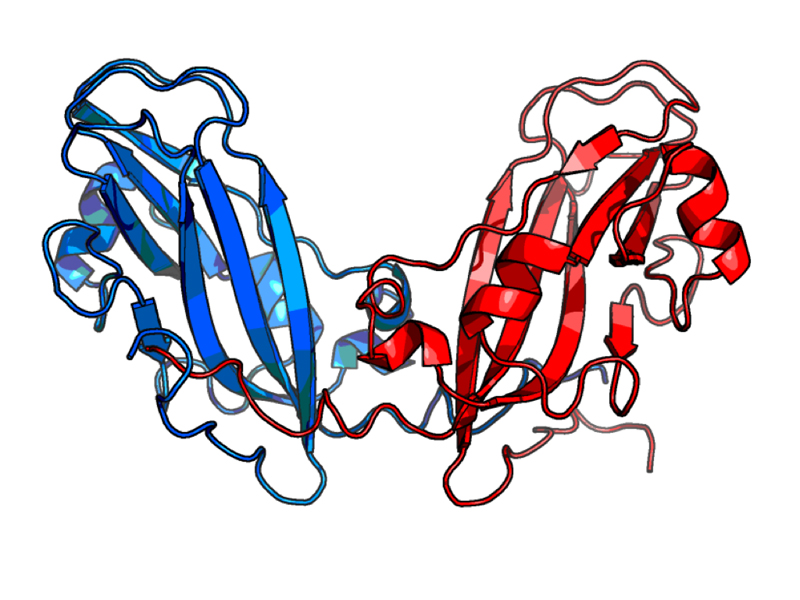Computer Simulations Reveal Viral Assembly Principles
Computer Simulation Breaks Virus Apart to Learn How it Assembles
 Researchers led by Carnegie Mellon University physicist Markus Deserno and University of Konstanz (Germany) chemist Christine Peter developed a computer simulation that crushes viral capsids. By showing how the tough shells break apart, the simulation provides a computational window for looking at virus assembly. The study was published as the cover story of the October issue of The European Physical Journal – Special Topics.
Researchers led by Carnegie Mellon University physicist Markus Deserno and University of Konstanz (Germany) chemist Christine Peter developed a computer simulation that crushes viral capsids. By showing how the tough shells break apart, the simulation provides a computational window for looking at virus assembly. The study was published as the cover story of the October issue of The European Physical Journal – Special Topics.
“The concept of breaking something to see how it’s made isn’t new. It’s what’s being done at particle accelerators and in materials science labs worldwide—not to mention by toddlers who break their toys to see what’s inside,” said Deserno, a professor in the department of physics and member of the department’s Biological Physics Initiative. “With a simulation we can build the virus, crush it and see what happens at a very high level of resolution.”
Viral capsids, the protein shells that encapsulate and transport the viral genome, are among nature’s strongest nanocontainers. Understanding how proteins come together to form capsids provides clues for the design of similar nanocontainers for a variety of uses, including targeted drug delivery. Additionally, simulations fill a void for virologists, allowing them to study the stages of viral assembly that they aren’t able to see experimentally.
